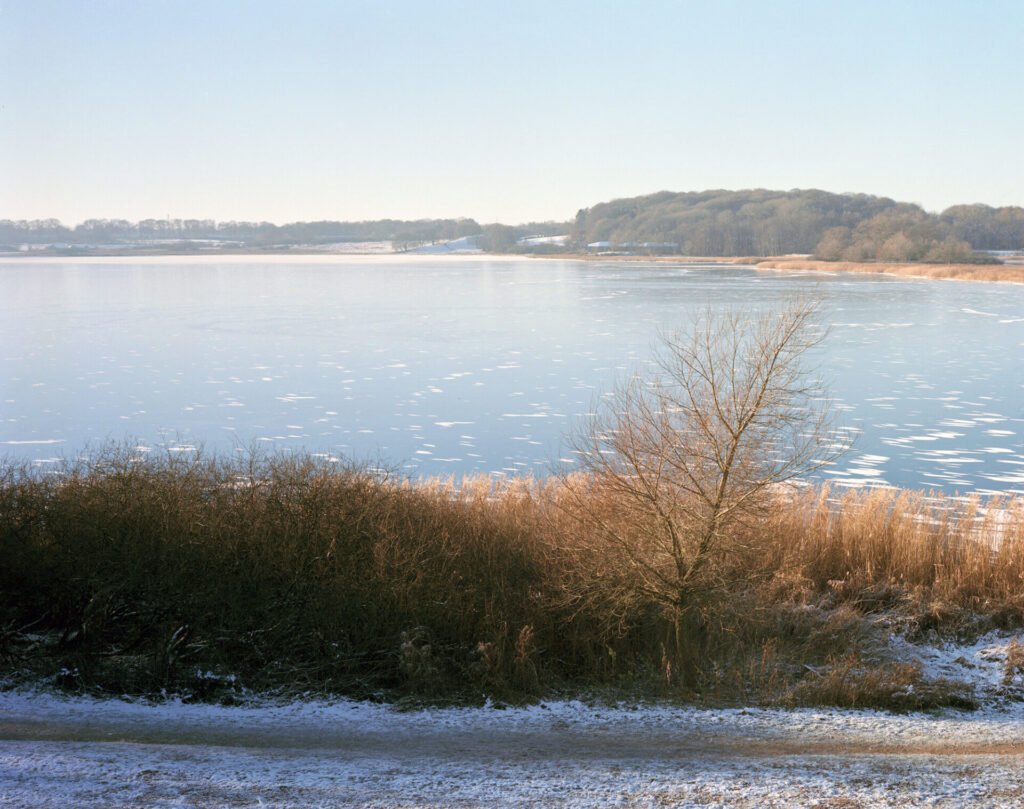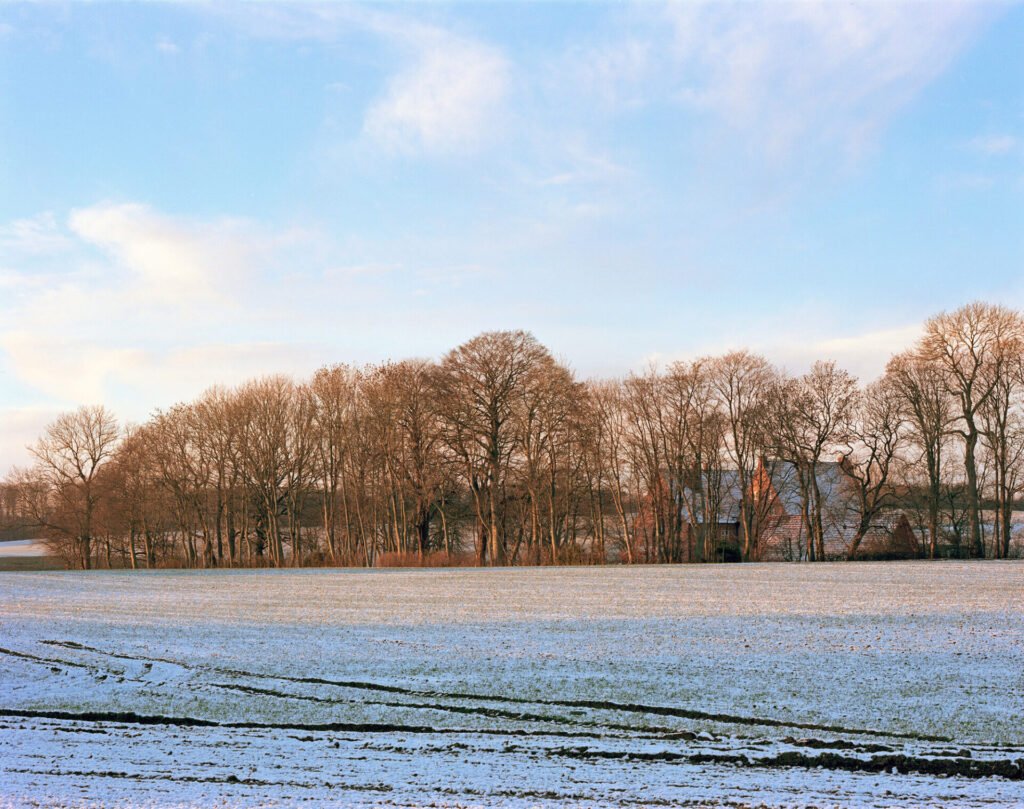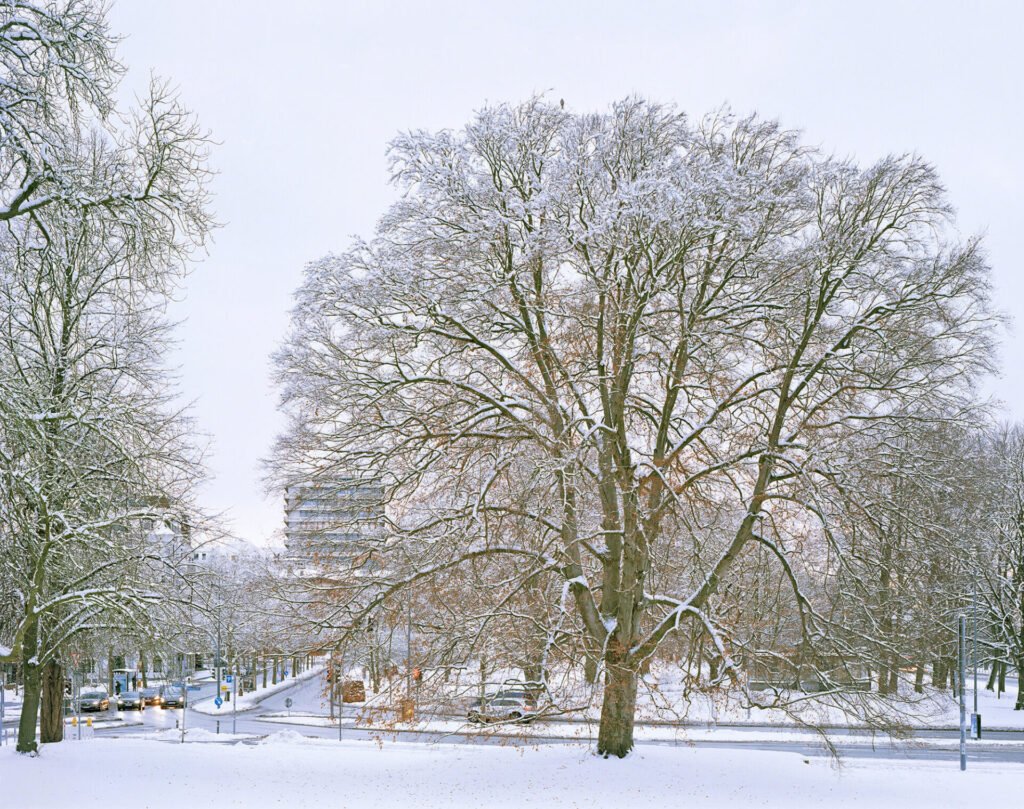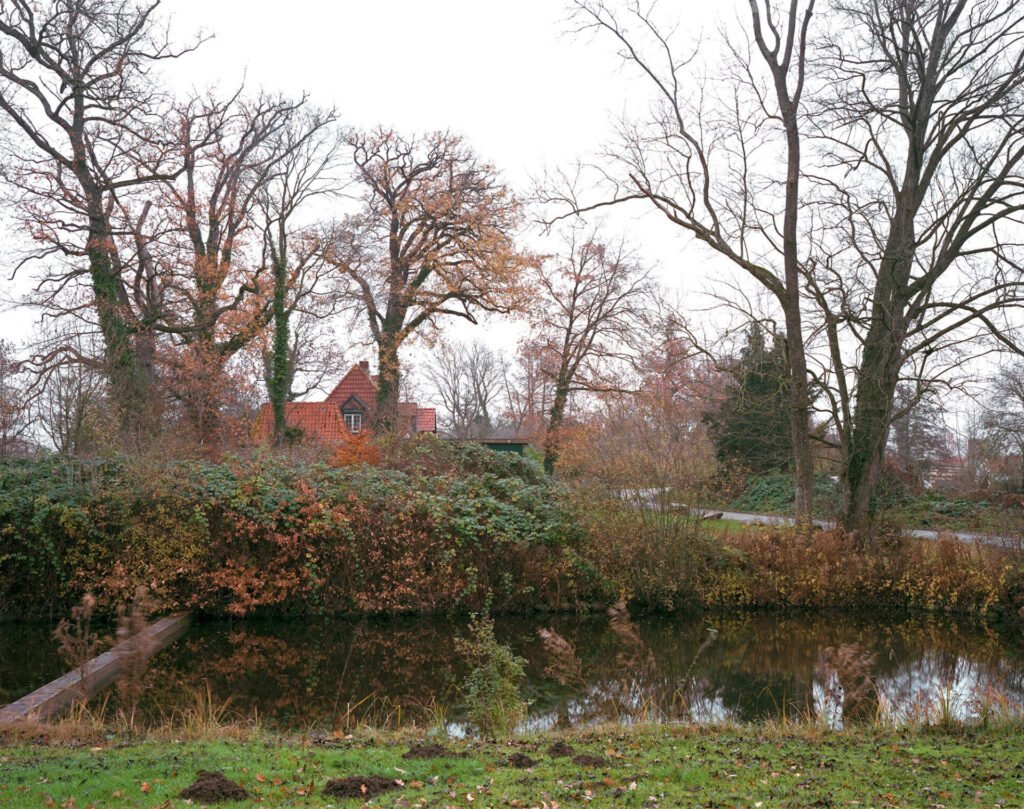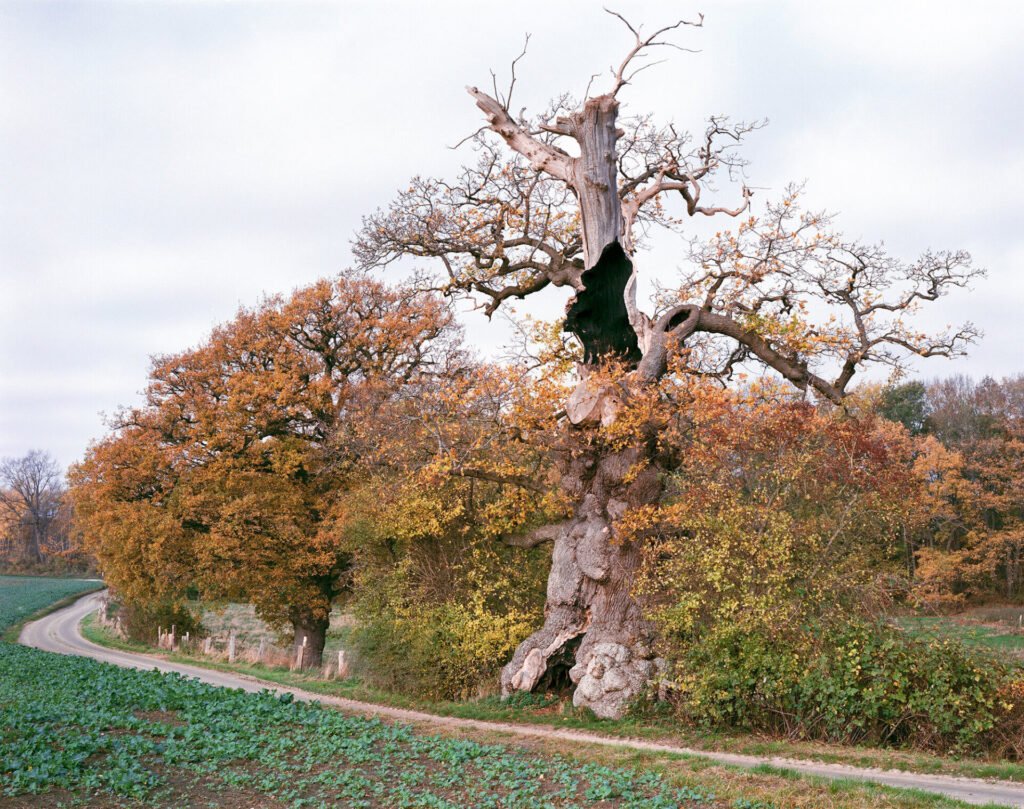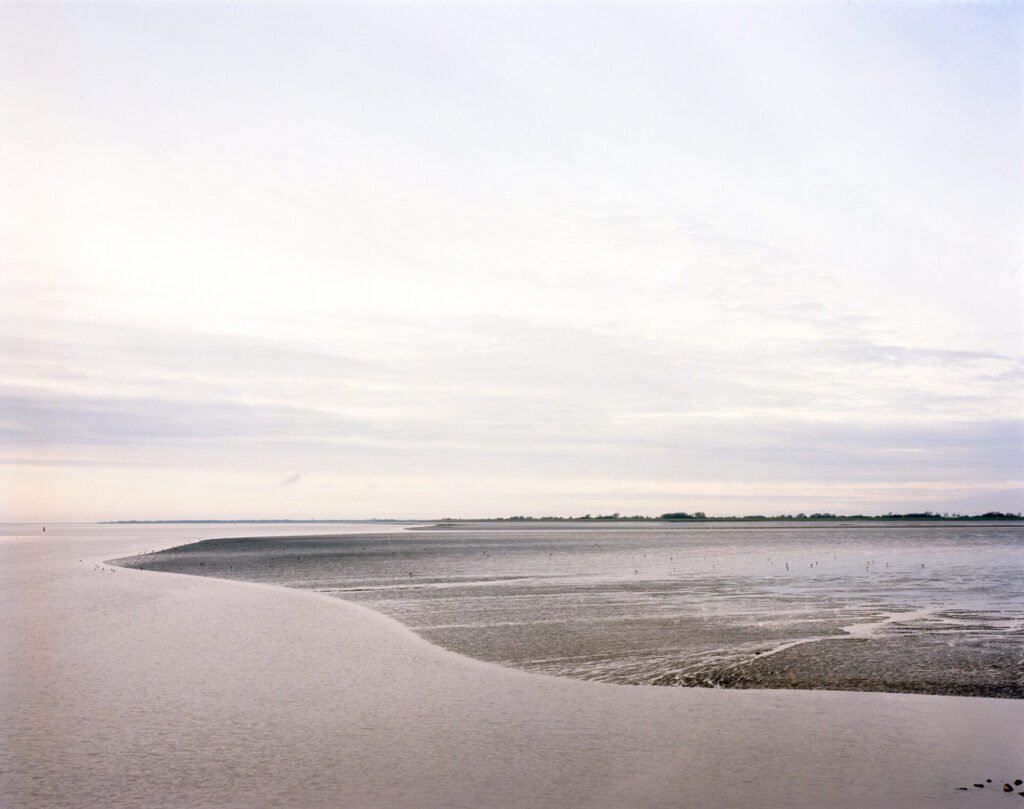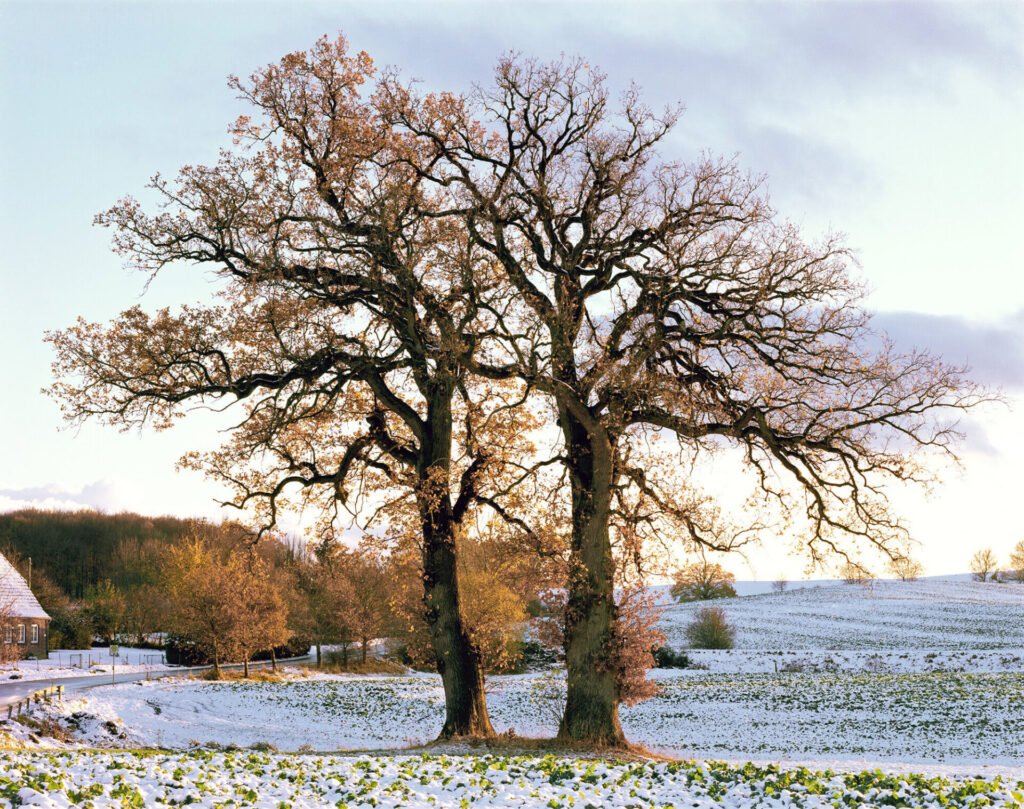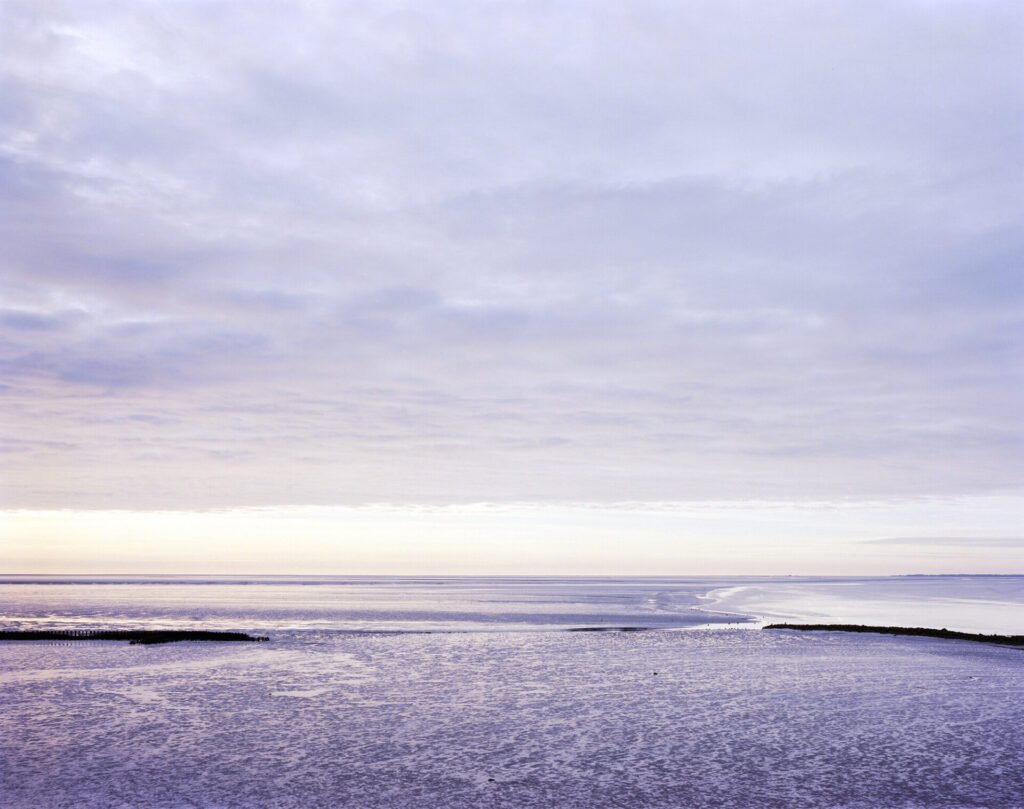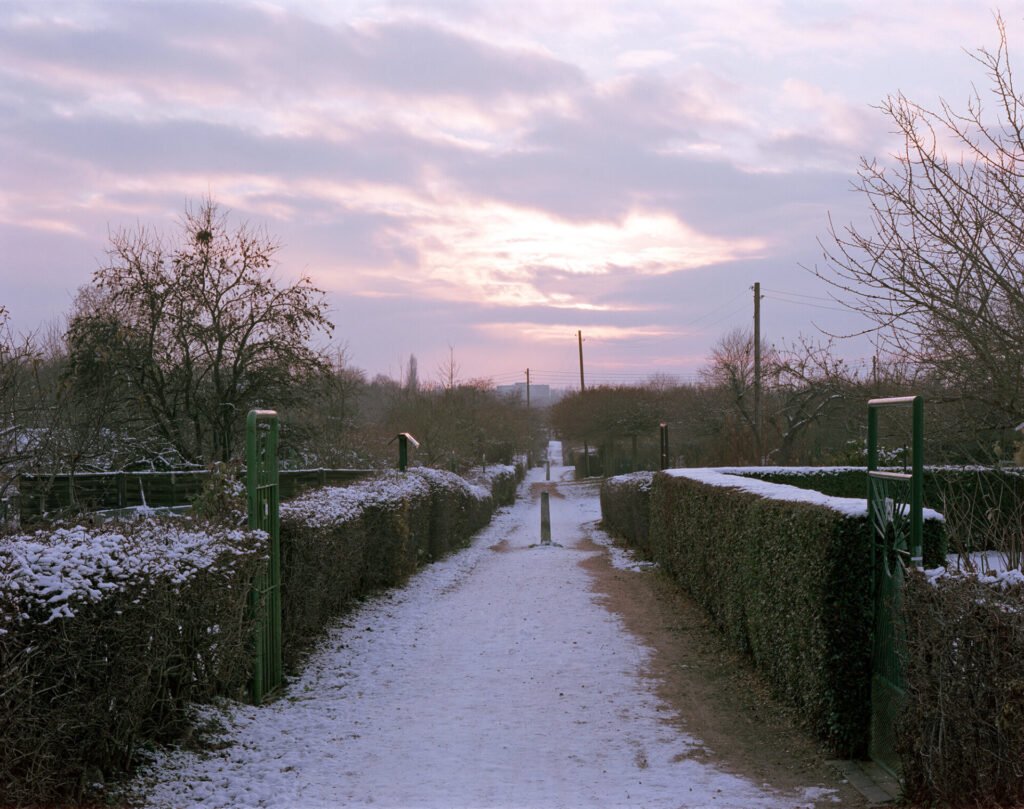Die wunderbare Sonntagsfahrt, 2022 – ongoing
There’s always a gap between imagine to live in a place and moving there in real life: distance, culture and expectations create a mythology around places far away from home.
A new house, a new language, different colors, different light. In few words, a whole new landscape.
Finding myself living in Kiel, in northern Germany, echoes of visual memories start to resonate in my perception.
The impression of a landscape from a childhood trip, the hues of a pond where I was been fishing or that particular oak tree’s drawing from an illustrated album. After moving here with my family, I often found myself in this mood, that isn’t nostalgia, but something much more similar to the feeling that you can experience while looking at certain landscape paintings, when you deeply feel the Stimmung* of the image as something that belongs to you.
*Stimmung might refer to the state or condition of being attuned, which is understood as a dispositional state, as well as the process or act of attuning, which includes self-activating and foreign-determined forms of attuning. Stimmung has the remarkable feature of encompassing the entire semantic field of mood and atmosphere, insofar as both subjects and objects can literally be in Stimmung.
Thonhauser, G. (2021). Beyond mood and atmosphere: a conceptual history of the term Stimmung. Philosophia, 49(3), 1247-1265.
*The title comes from the book “Die wunderbare Sonntagsfahrt”, a children’s story by Alois Schöpf, illustrated by the paintings of Regine Dapra, edited in 1976 by Annette Betz Verlag.

